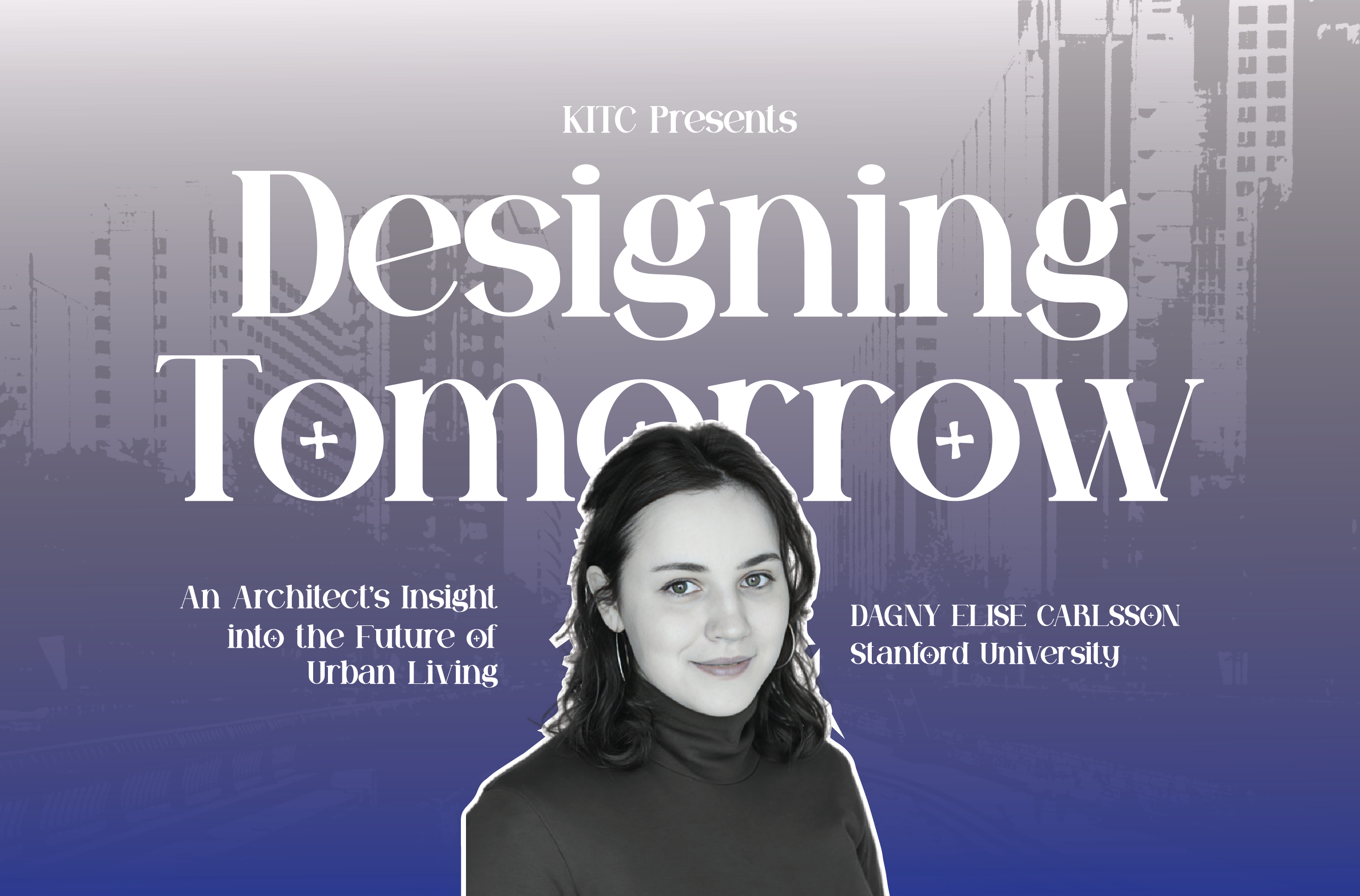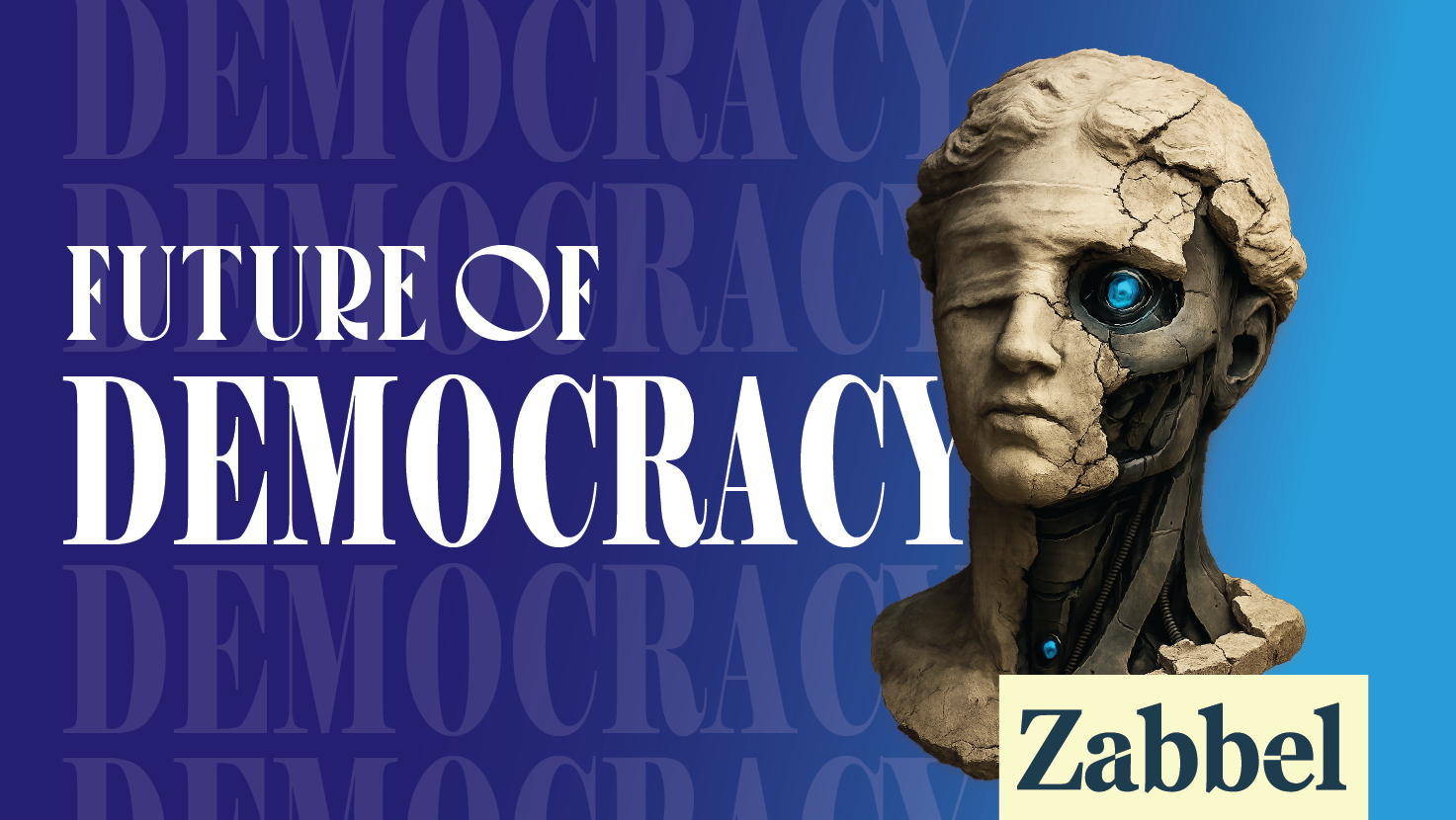Urban living is on a path of transformation, driven by visionary upcoming architects who see beyond the present to create cities that are sustainable, inclusive, and vibrant. Dagny Elise Carlsson is one such visionary whose work represents the direction that urban architecture is headed on.
Carlsson’s philosophy is deeply rooted in sustainability. She believes that sustainable design is no longer an add-on but a fundamental aspect of every project. This includes considering the lifecycle of materials, the energy efficiency of buildings, and their overall impact on the environment. Her projects often integrate recycled materials and innovative technologies to minimize waste and promote eco-friendly practices. For instance, her design for an urban bathhouse and sweat lodge in Philadelphia uses recycled materials and incorporates environmental cleanup to purify river water, creating a sustainable and multifunctional community space.
One of the most pressing challenges in urban architecture is the dominance of car-centric design, particularly in sprawling cities like Houston. Carlsson advocates for denser, greener cities that prioritize walkability and public transit. She envisions urban spaces where residents can easily walk to work or use efficient public transportation, reducing reliance on cars and fostering a sense of community. By designing cities that encourage movement and interaction, Carlsson believes architects can significantly improve public health and social cohesion.
Innovative materials and technologies are at the forefront of Carlsson’s work. She is particularly interested in the use of mass timber, which offers a sustainable alternative to steel and concrete, and vertical gardens, which integrate nature into urban environments. The use of 3D scanning technology to document and revitalize historic buildings is another area where Carlsson sees great potential. This technology allows for precise renovations that preserve the historical essence of buildings while updating them for modern use.
Public spaces play a crucial role in Carlsson’s vision of future urban living. She stresses the importance of “third places” – public areas where people can gather, socialize, and build community. These spaces are essential for the social vitality of cities, providing environments where individuals can connect outside of their homes and workplaces. Parks, plazas, and community centers are integral to her designs, promoting inclusivity and accessibility for all residents.
Balancing historical preservation with modern development is another challenge Carlsson tackles. She argues that the greenest building is often one that already exists. Retrofitting historic buildings to improve their energy efficiency and functionality can be more sustainable than new construction. This approach not only preserves cultural heritage but also reduces the environmental impact of urban development.
Looking ahead, Carlsson anticipates significant changes in urban living over the next two decades. She expects cities to become cleaner and more sustainable, with advancements in waste management and green technologies playing key roles. Electric vehicles, green rooftops, and improved public transportation systems will transform urban environments, making them healthier and more livable.
For aspiring architects, Carlsson offers simple yet profound advice: immerse yourself in the urban environment. Use public transportation, walk the streets, and engage with the community. Understanding the needs of diverse populations is crucial to designing inclusive and vibrant urban spaces. By prioritizing sustainability, inclusivity, and community, architects can create cities that are not only functional but also enriching for all their inhabitants.
Dagny Elise Carlsson’s insights and projects highlight the transformative potential of urban architecture. Her vision of sustainable, inclusive, and vibrant cities offers a roadmap for designing tomorrow’s urban environments. Through innovative practices and a deep commitment to community and sustainability, Carlsson is helping to shape the future of urban living.
Follow us on our social:
LinkedIn | Facebook | Instagram | YouTube







